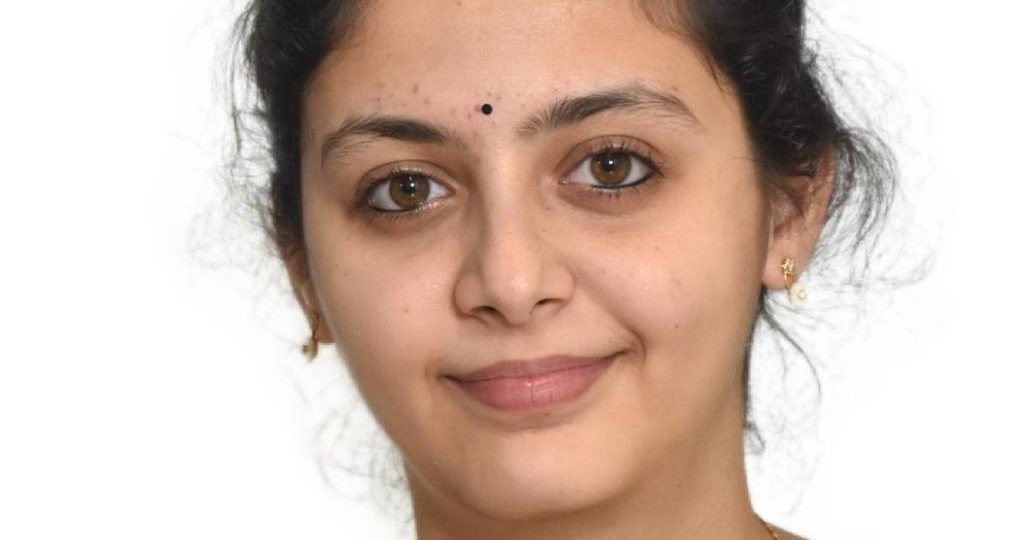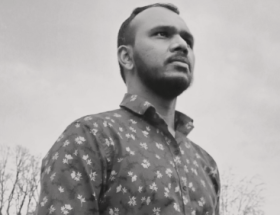Angel Sophan
Growing up, I would hear from my friends and family who visited Mumbai that the must-visit places were Juhu Beach, Marine Drive, Mannat, etc., and also to spice it up with a romanticized version of poverty by visiting Dharavi. As an adult, in retrospect, I have come to learn that even tourist attractions do not escape caste. Even the places one goes to visit have caste-prescribed norms.
The movie Chaityabhumi does an excellent job by clearly defining the lines between mainstream and what gets ‘forcefully’ pushed into the margins or gets sidelined. Through the entire movie, director Somnath Waghmare takes us through this alternate universe where people are clad either in blue or white or a mix of both, with slogans shifting from Jai Hind to Jai Bhim, men pinning ribbon rosettes containing Ambedkar’s picture on their shirt, phone covers with Babasaheb, salutations switching from Namaste to Jai Bhim, Buddhist prayers and chants at the backdrops, and the Jai Bhim flag soaring higher than the high-rise buildings of Mumbai. A beautiful, majestic display of Dalit assertion and aesthetics paints the screen. The reality is gut-wrenching, is it not? December 6, being such an important day where millions gather to pay respects to Babasaheb, the other half of India is not even aware of or ‘forcibly hidden’ from this auspicious event.
The movie starts by paying homage to Babasaheb’s last used things on display in the Ambedkar Museum, along with his rare speech as a voiceover. It was pretty iconic to see the director’s reflection on the same glass in which Ambedkar’s picture was framed, a symbol of taking the legacy forward so as to keep the ‘fire burning and wheel running’ as mentioned by Pranjali Kureel. With the josh and enthusiasm with which the Samata Sainik Dal, the same group that appeared at ‘Bhima Koregaon’, another documentary film by the same director, was raising slogans, one would want to repeat along with them. The various book stalls on display portray a rich, cultural, and vibrant intellectual space. The public going through anti-caste research papers, speeches, and books mostly by Ambedkar is such a rare sight to come across. Such an intellectual space is a rarity to witness in any other religious, cultural, or social display. The stalls are also filled with Babasaheb, Mata Ramai, Buddha, and Phule’s pictures and statues. The legacy of Babasaheb is played out through songs, slogans, and plays at the backdrop. In the movie, one can see Ambedkar’s current family members paying their respects and giving speeches to the very large audience gathered there.
A very special mention has to be of Rahul Sonpimple’s speech, in which he talks about growing up in an assertive Dalit community and neighborhood and how ‘Ambedkar is part of everyday life, emotions, and not just an intellectual figure’. He ends the talk with a very important question, the very same question I would like to conclude this review with too: ‘How does the state treat Ambedkar? How is he never part of public memory? How is he never part of public spaces?’
Let Chaityabhumi become one of the must-visit places in Mumbai, and let this movie be an introspection into what gets mainstreamed and marginalized and how the nation facilitates that division.
~~~
Angel Sophan is a PhD scholar from Christ (Deemed to be University), Bengaluru, India. She works in the area of Caste and Psychology.










